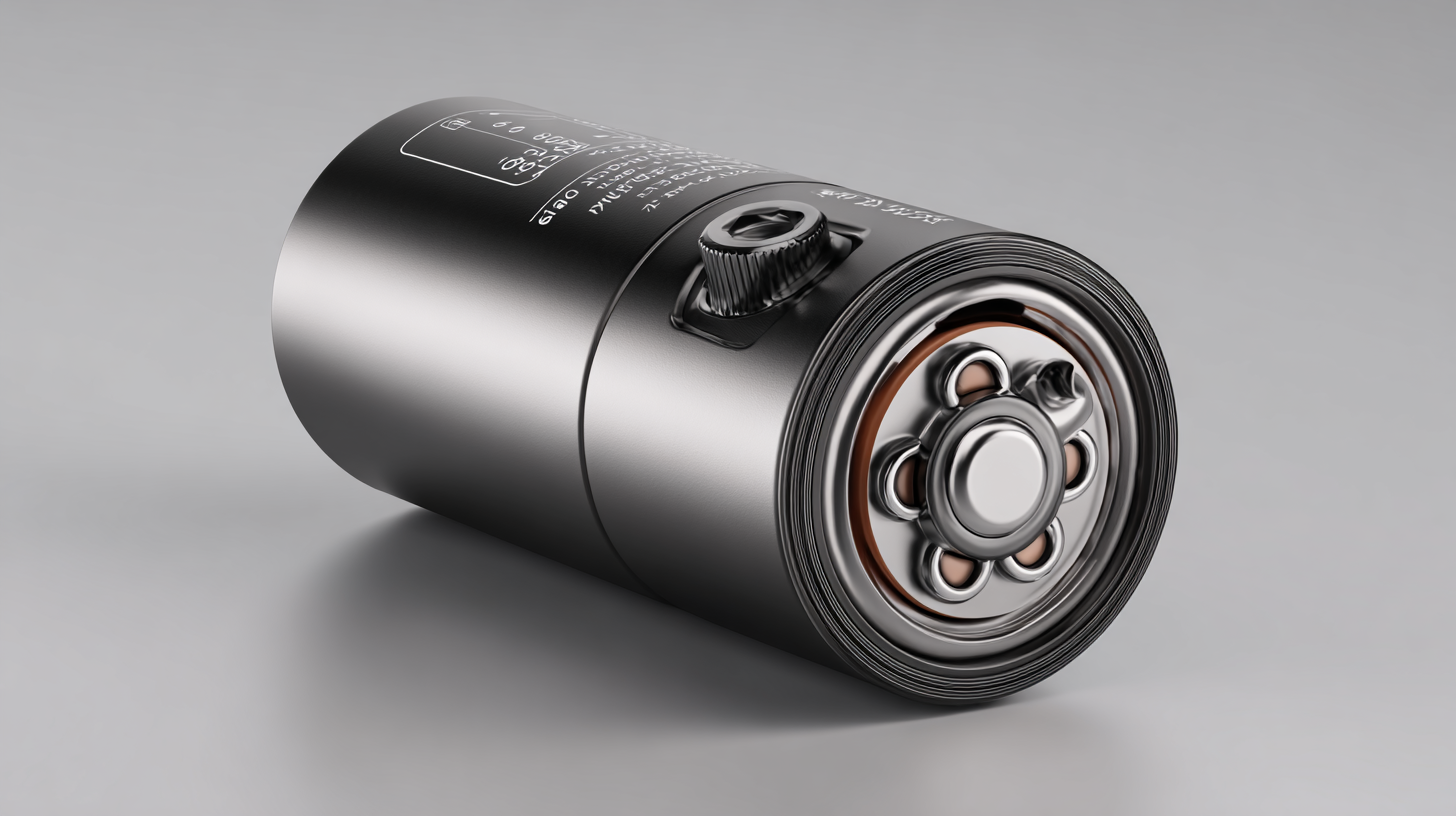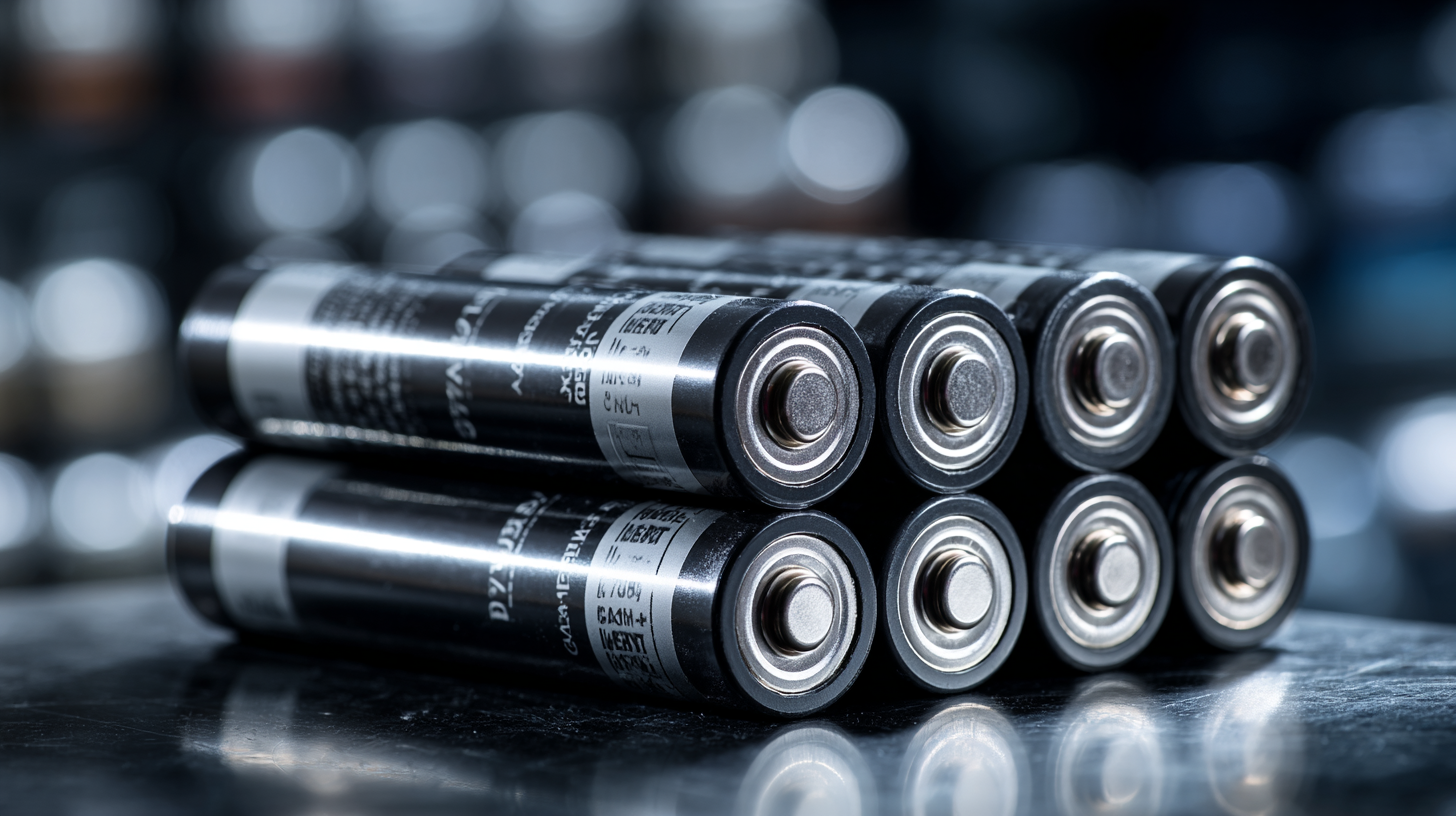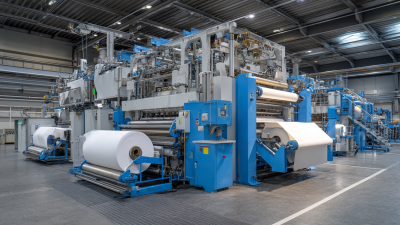Leave Your Message
 As the demand for energy storage solutions continues to rise, driven by the rapid expansion of renewable energy sources, innovative technologies are emerging to meet this critical need. The "26650 Cylindrical Battery Pilot Line" represents a significant advancement in battery technology, with the potential to revolutionize the energy storage landscape.
According to a report by the International Energy Agency, the global battery storage capacity is expected to reach 250 GWh by 2025, underscoring the urgent need for efficient and scalable storage solutions. Moreover, projections indicate that energy storage systems could account for up to 30% of the investment in power generation by 2040 (McKinsey & Company).
With its unique form factor and performance characteristics, the 26650 cylindrical battery is poised to play a pivotal role in addressing the challenges associated with energy storage, facilitating the transition to a more sustainable and resilient energy future.
As the demand for energy storage solutions continues to rise, driven by the rapid expansion of renewable energy sources, innovative technologies are emerging to meet this critical need. The "26650 Cylindrical Battery Pilot Line" represents a significant advancement in battery technology, with the potential to revolutionize the energy storage landscape.
According to a report by the International Energy Agency, the global battery storage capacity is expected to reach 250 GWh by 2025, underscoring the urgent need for efficient and scalable storage solutions. Moreover, projections indicate that energy storage systems could account for up to 30% of the investment in power generation by 2040 (McKinsey & Company).
With its unique form factor and performance characteristics, the 26650 cylindrical battery is poised to play a pivotal role in addressing the challenges associated with energy storage, facilitating the transition to a more sustainable and resilient energy future.
The 26650 cylindrical battery technology is gaining attention due to its numerous advantages over traditional battery formats. This large format cylindrical cell has a diameter of 26mm and a length of 65mm, providing ample space for higher energy density and improved thermal management. Its larger size allows for increased capacity, making it an optimal choice for applications requiring long-lasting power supply, such as electric vehicles and renewable energy storage systems.
Moreover, the 26650 battery exhibits enhanced safety features. Its robust construction and design allow for better heat dissipation, reducing the risk of thermal runaway. The use of advanced materials in its production further contributes to its durability and longevity, making it a reliable option for both consumer electronics and industrial applications. The combination of high energy density, improved safety, and longer life cycle positions the 26650 cylindrical battery as a crucial player in the future landscape of energy storage solutions.

The energy storage sector is rapidly evolving, with innovations in battery technology leading the charge. The implementation of pilot production lines for 26650 cylindrical batteries is pivotal in this transformation. These lines not only streamline the manufacturing process but also enhance the efficiency and scalability of battery production. According to a report by the International Energy Agency, efficient battery production processes could reduce costs by up to 50% by 2030, making energy storage solutions more accessible to consumers and industries alike.
Key innovations introduced through these pilot lines include advancements in materials and design that improve energy density and cycle life. Studies have shown that 26650 batteries can offer a higher energy capacity—up to 2,300 mAh—compared to traditional lithium-ion cells. Furthermore, ongoing developments in solid-state technology promise to enhance safety and charging times significantly. As reported by BloombergNEF, the global energy storage market is projected to reach 1,095 GWh by 2030, driven largely by improvements in production efficiencies and the adoption of next-generation battery systems, underscoring the critical role of pilot production lines in shaping the future of energy storage.
This chart illustrates the advancements in energy storage solutions through the development of the 26650 cylindrical battery pilot line and its key innovations.
The integration of 26650 cylindrical batteries into renewable energy systems represents a significant advancement in energy storage technology. These batteries, known for their high capacity and stability, can efficiently store energy generated from renewable sources, such as solar and wind. Their larger size compared to traditional cylindrical batteries allows them to hold more energy, making them ideal for applications that require long-duration storage. By incorporating 26650 batteries, renewable energy systems can enhance their reliability and availability, addressing the intermittent nature of energy production.
Scalability is another crucial advantage of 26650 batteries in renewable energy applications. As demand for energy storage grows, the design of pilot lines focused on 26650 batteries can facilitate rapid expansion and adaptation to different scales of energy systems. This modularity allows for scalable energy solutions that can be tailored to specific needs, from small residential setups to large grid-scale installations. The manufacturing processes established for these batteries can also be optimized over time, further improving cost efficiency and making renewable energy systems more accessible to a broader audience.
The deployment of 26650 battery technology faces several significant challenges that must be addressed to facilitate its market acceptance. One primary issue is the high manufacturing cost associated with the cylindrical design, which can limit its competitiveness against established lithium-ion batteries. Manufacturers need to invest in advanced production lines to ensure efficiency and scalability, which can be a considerable financial burden, especially for startups seeking to penetrate the energy storage market.
Additionally, performance concerns remain a critical barrier. While 26650 batteries offer advantages in energy density and longevity, there are still issues related to thermal management and safety that need to be resolved. End users often prioritize safety, and any incidents involving battery malfunctions could severely impact consumer trust and acceptance. Therefore, robust testing and validation processes are vital to ensure these batteries can reliably perform under various operating conditions, paving the way for broader adoption in applications ranging from electric vehicles to renewable energy integration.

The energy storage sector is witnessing significant advancements, particularly with the emergence of semi-solid battery technologies. On September 16, a notable ceremony marked the production line launch of a semi-solid battery prototype that employs a groundbreaking "electrolyte thermal" method. This innovation exemplifies the industry’s cautious yet pragmatic approach towards commercializing solid-state battery technologies, aiming to enhance efficiency in both production and performance.
The market for zinc electrolytes is projected to grow remarkably, from approximately $54.49 million in 2025 to approximately $131.1 million by 2033, indicating a compound annual growth rate (CAGR) of 11.6%. This growth reflects the demand for more sustainable energy solutions, as seen in the renewable energy sector, which has reached historic highs. By 2033, the hydrogen storage and distribution technology market is expected to surge from $4.1 billion in 2024 to about $12.16 billion, showcasing an impressive CAGR of 13.2% from 2026 to 2033. These statistics underline the pivotal role energy storage technologies will play in the transition from fossil fuels to more sustainable energy solutions in the coming decade.
| Parameter | Value | Unit |
|---|---|---|
| Nominal Voltage | 3.7 | V |
| Capacity | 5000 | mAh |
| Energy Density | 250 | Wh/kg |
| Cycle Life | 2000 | Cycles |
| Charge Time | 4 | Hours |
| Discharge Rate | 10 | C |
| Operating Temperature Range | -20 to 60 | °C |






